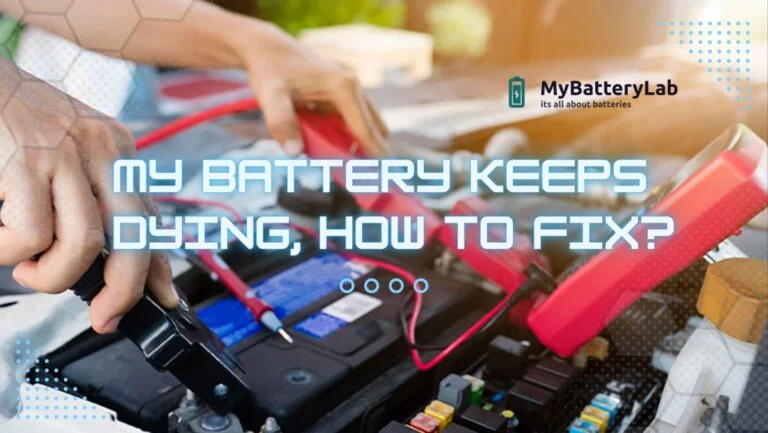What You Need to Know: Are Battery Packs Allowed on Airplanes?
[ad_1]
We will discuss whether battery packs are allowed on airplanes and what you need to know about traveling with them. Airline regulations regarding battery packs can be confusing, so it’s essential to understand the rules to avoid any issues while traveling.
We will cover the types of battery packs allowed on airplanes, the restrictions and limitations, and tips for traveling with battery packs. We’ll also address commonly asked questions to provide you with a comprehensive understanding of the rules and guidelines for traveling with battery packs.
Are Battery Packs Allowed on Airplanes?
When it comes to traveling with battery packs, especially on airplanes, there are specific rules and regulations that passengers need to be aware of. Most consumer-sized lithium-ion battery packs are allowed in carry-on bags, but there are limits on the size and quantity. It’s important to check with the airline you are traveling with, as they may have specific guidelines for carrying battery packs on board.

The Federal Aviation Administration (FAA) allows passengers to carry battery packs in their carry-on luggage but not in their checked baggage. This is because battery packs pose a potential fire hazard, and having them in the cabin allows for immediate response in case of an incident.
However, there are restrictions on the capacity of lithium-ion battery packs that can be carried on board. Typically, battery packs with a capacity of over 100 watt-hours (Wh) are not permitted in carry-on luggage. Passengers are allowed to carry up to two spare battery packs with a capacity between 100Wh and 160Wh, but they need to seek approval from the airline before traveling.
It’s important to check the specific airline regulations, as they may have their own limitations and requirements for carrying battery packs. Some airlines may require passengers to register their battery packs in advance or restrict certain types of battery packs from being carried on board.
The Hidden Dangers of Using Battery Cases for Your Phone
MY BATTERY LAB
When traveling with battery packs, it’s also important to ensure that they are properly protected and insulated to prevent short circuits or damage. Battery packs must be packed in a way that prevents accidental activation or heat generation. It’s recommended to tape the battery pack terminals to insulate them and prevent any potential issues. Additionally, keeping battery packs in a protective case or pouch can help prevent damage and ensure safe travel.
What are the Restrictions and Limitations?
In addition to the capacity limits, there are other restrictions and limitations when it comes to carrying battery packs on airplanes. The FAA prohibits spare lithium-ion battery packs of any capacity from being checked in and transported in the cargo hold. This is due to the potential fire risk associated with lithium-ion batteries, especially when they are packed in a confined space with other luggage.
When carrying battery packs in carry-on luggage, it’s important to ensure that they are easily accessible for inspection by security personnel. Passengers may be asked to remove the battery packs from their bags for inspection, so having them easily accessible can help streamline the security screening process. It’s also recommended to carry battery packs in a separate bag or pouch to prevent accidental damage or activation.

If you are traveling with battery-powered devices, such as laptops, smartphones, or cameras, it’s important to ensure that the devices are turned off and well-protected to prevent accidental activation or damage. Devices with built-in batteries are generally allowed in both carry-on and checked baggage, but it’s important to check with the airline for any specific guidelines.
MY BATTERY LAB
Tips for Traveling with Battery Packs
When traveling with battery packs, there are a few tips and best practices to ensure smooth and hassle-free travel. It’s important to check the specific airline regulations and guidelines for carrying battery packs, as they may vary from one airline to another. Some airlines may have specific requirements for registering and carrying battery packs, especially those with higher capacities.
It’s also recommended to carry battery packs in their original packaging or a protective case to prevent damage or accidental activation. Insulating the battery pack terminals with tape and ensuring that they are well-protected can help prevent any potential issues during travel. Keeping battery packs easily accessible for security inspection can also help expedite the screening process and avoid any delays.
When packing your battery packs, it’s important to consider their capacity and ensure that they comply with the airline’s guidelines. If you need to carry spare battery packs with capacities exceeding 100Wh, it’s essential to seek approval from the airline before traveling. Being proactive and well-prepared can help minimize any potential issues or complications when traveling with battery packs.
Why Do Batteries Get Hot? Understanding the Science Behind the Heat
MY BATTERY LAB
Conclusion
Traveling with battery packs on airplanes requires an understanding of the rules and regulations set forth by the FAA and individual airlines. It’s important to be aware of the limitations and restrictions related to battery packs, especially lithium-ion battery packs, to ensure safe and compliant travel.
By following the guidelines, insulating and protecting the battery packs, and being proactive in complying with airline regulations, passengers can travel with peace of mind knowing that they are adhering to the necessary safety measures.








One Comment